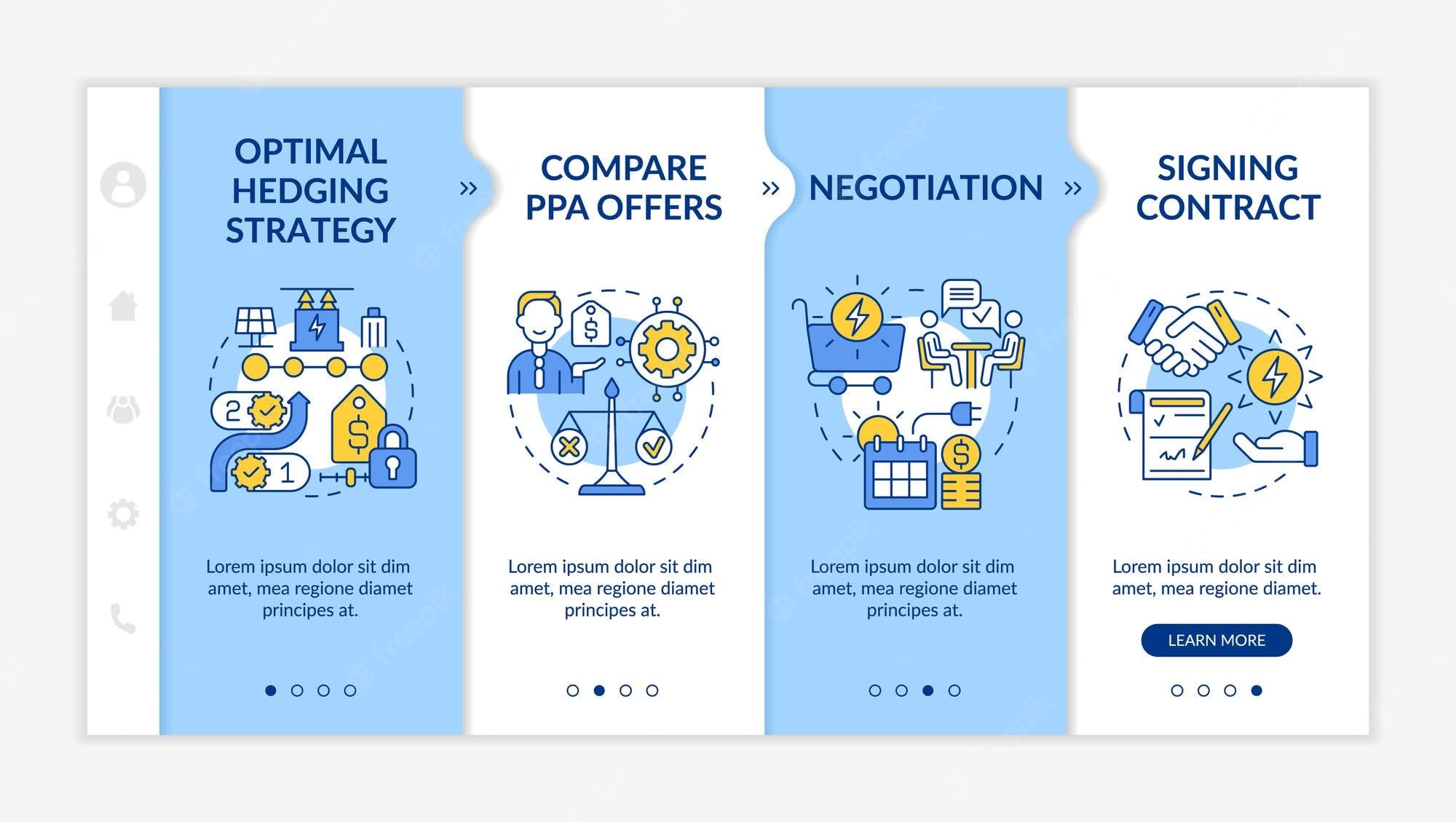Strategic Procurement vs Ad Hoc Purchasing: Which is right for your business?
Purchasing is the way your company buys products and services. You may be in a position to set up processes for procuring the goods and services you need, or you may find yourself needing to take a more ad hoc approach.
How you approach purchasing will depend on your business and its needs. In this article, we’ll explain the differences between strategic procurement and ad hoc purchasing, and when each is appropriate for your business. Keep reading to learn more.
What is Strategic Procurement?
Strategic procurement is the process of planning how you will make purchases in order to meet your business needs in a cost-effective manner.
Planning your PO Management (Purchase Order Management) strategy ahead of time can help you do this by giving you more control over the vendors you use, the quality of the products you purchase, and the prices you pay. There are several key benefits of strategic procurement, including the following: -
Reduced risk of supply chain disruption - Strategic procurement can help you identify potential supply chain disruptions before they happen.
For example, if you know that one of your suppliers is having quality issues, you can plan ahead to make sure you have a backup supplier. –
Reduction of purchasing costs - Strategic procurement can help you find the best vendors and negotiate lower costs.
For example, if you’re planning to purchase a new piece of equipment, you can start researching potential vendors and getting quotes ahead of time so you know what the best price is. –
More efficient use of company resources - Good procurement practices help you make sure you’re optimizing the use of your resources, such as employees and budget. This means you can avoid making costly mistakes, like purchasing products that don’t meet your needs.
What is Ad hoc Purchasing?
Ad hoc purchasing is when your company purchases goods or services as needed, without a formal plan. Ad hoc purchasing is often necessary when you need something quickly, like when a piece of equipment breaks down and needs to be repaired quickly.
In some cases, ad hoc purchasing is unavoidable, but you can avoid over-ordering items or paying too much for them by using a formal purchasing process when possible. Although ad hoc purchasing can be necessary, it’s important to avoid relying on it too often.
This is because over-reliance on ad hoc purchasing can result in: - Inefficient use of company resources - When you only purchase items as needed, you’re essentially wasting company resources, like time and money.
For example, you could be paying more for an item than necessary if you’re not using a formal purchasing process. - Increased risk of procurement mistakes –
If you’re only buying items as needed, you’re more likely to make mistakes, including purchasing products that don’t meet your needs or are of poor quality. - Lack of control over purchasing decisions –
When you’re only making purchases as needed, there is less control over the vendors you use and the products you purchase. This means you’re more likely to end up with poor-quality products or vendors who might not be the best fit for your business.
When is Strategic Procurement Right for your Business?
If you’re purchasing items that you know you’ll need in the future, like maintenance supplies or office furniture, strategic procurement is the best way to go.
These are good examples of purchases that you should plan for ahead of time so you can select the best vendors and negotiate the best prices. There are a few signs that strategic procurement is the right choice for your business. You can also go for SaaS procurement If you know what you need to purchase, if you have identified the vendors you want to purchase from, and if you have a budget for the items, strategic procurement is likely the best approach.
When is Ad Hoc Purchasing Right for your business?
Ad hoc purchasing is when you make purchases as needed, without a formal plan. Ad hoc purchasing is often necessary when you need something quickly, like when your company experiences a sudden increase in demand and needs to hire more staff.
There are a few signs that ad hoc purchasing is the right choice for your business. If you need to buy an item right away and don’t have time to research vendors or make a plan, ad hoc purchasing is the right approach.
However, if you’re regularly making ad hoc purchases, you should consider changing your approach. Doing so will help you avoid the downsides of ad hoc purchasing, including the following: - Inefficient use of company resources –
When you only make purchases as needed, you’re essentially wasting company resources, like time and money.
For example, if you’re getting last-minute quotes for a project and are hiring contractors on a short-term basis, you could be paying more for the work than you would if you were using regular employees. –
Increased risk of procurement mistakes - When you make purchases as needed, you’re more likely to make mistakes. This could include purchasing products that don’t meet your needs or vendors who don’t fit your company culture. –
Lack of control over purchasing decisions - When you’re only making purchases as needed, there is less control over the vendors you use and the products you purchase.
This means you’re more likely to end up with poor-quality products or vendors who might not be the best fit for your business.
The Importance of Good Procurement Practices
Procurement practices are the rules and processes used to purchase goods and services. They help you make sure you’re buying items that meet your needs and are high-quality, from vendors you can trust.
There are several key procurement practices you should be aware of when buying items for your business. - Making sure you have the right vendors - It’s important to research potential vendors before doing business with them.
You can do this by asking them questions related to their company and past work, such as: - Identifying potential risks and finding ways to avoid them - Every vendor will have some type of risk attached to them.
You should be aware of these risks and find ways to minimize or avoid them, such as by buying from a vendor who has a track record of successful deliveries or using an escrow service when making online purchases. –
Having a clear procurement policy - A procurement policy is the rules used by your company when purchasing items. You should make sure your procurement policy is clear and meets the needs of your company by including things like: -
The people involved in the decision-making process. - What you’re allowed to purchase and what you’re not allowed to purchase. - The process for making purchasing decisions and how long this process should take.
Conclusion
Procurement is the process of purchasing goods and services for your business. There are two types of procurement: strategic procurement and ad hoc purchasing.
While both are important, strategic procurement is the best approach when you know you’ll need an item in the future. Ad hoc purchasing is the best approach when you need something immediately.
14 Sep 2022







